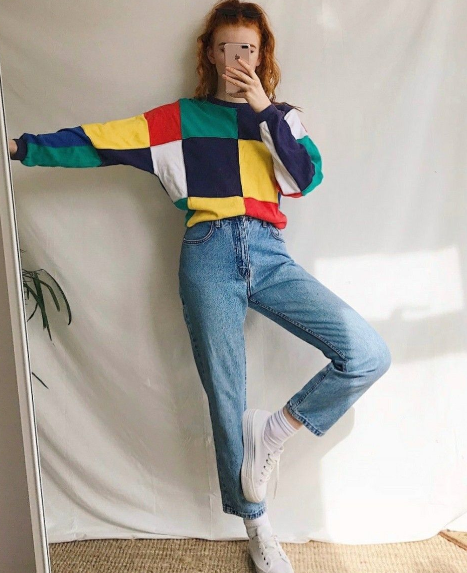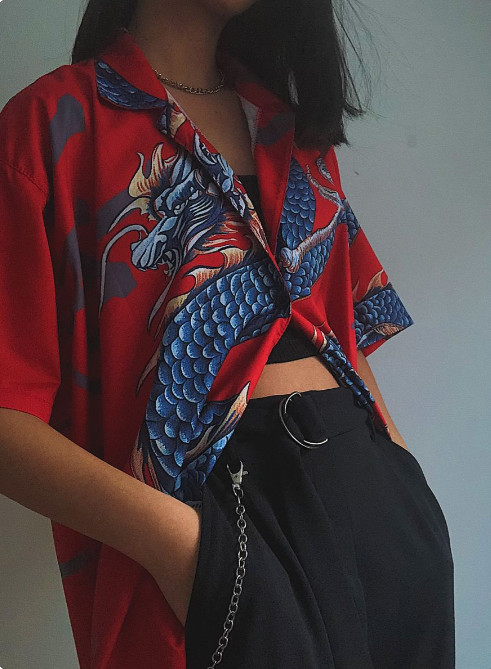Quick guide: How to create rug Tufting with Monk’s Cloth
Do you want to discover the enchanting world of rug tufting with Monk’s Cloth and unleash your creativity? Join us on an artistic journey where you’ll learn the step-by-step process of transforming this versatile fabric into mesmerizing rugs. Get ready to infuse your living space with warmth, style, and a touch of your own personal flair. Let’s dive into the art of rug tufting with Monk’s Cloth and bring your imagination to life!
- Tools and Materials
- Preparation of the monk’s cloth
- Setting up the frame and tufting gun
- Tufting the rug
- Finishing the rug
Keep reading and you will gain more information about rug Tufting with Monk’s Cloth
Rug tufting with monk’s cloth is a great alternative to traditional rug making. This article will discuss the benefits of using monk’s cloth for rug tufting, the tools and materials needed for the process, and step-by-step instructions for creating a beautiful rug. Additionally, As fashion designers, we have the ability to help you explore some design ideas and tips for finishing your rug. Whether you are a seasoned crafter or a beginner, this article will provide you with all the information you need to get started with rug tufting using monk’s cloth. If you are interested, please continue reading.
Tools And Materials Of Rug Tufting With Monk’s Cloth
- Monk’s Cloth: This is the primary fabric used for rug tufting. It is a durable and tightly woven fabric with a grid pattern that allows for easy placement of tufting stitches.
- Tufting Frame or Hoop: A tufting frame or hoop holds the monk’s cloth taut, providing stability and tension while you tuft. It helps to maintain an even surface and ensures precise tufting.
- Tufting Needle: A tufting needle is a specialized tool used to insert yarn or thread into the monk’s cloth. It has a hollow shaft that allows the yarn to pass through easily.
- Yarn or Thread: Choose yarn or thread suitable for rug tufting, considering factors such as color, thickness, and durability. Wool, acrylic, or cotton yarns are commonly used for rug tufting.
- Scissors: A pair of sharp scissors is essential for trimming the yarn or thread and cutting excess fabric.
- Marking Tool: A marking tool, such as a washable fabric marker or chalk, helps you create guidelines or patterns on the monk’s cloth before tufting.
- Gripper Strip: Gripper strip is used to secure and finish the edges of the tufted rug. It provides stability and prevents the fabric from fraying.
- Rug Backing Material: While not necessary for all rug tufting projects, a rug backing material like latex or rug backing fabric can be used to reinforce the tufts and provide extra durability.

To begin the preparation of the monk’s cloth, carefully cut it to your desired size for the rug, ensuring to leave some additional fabric for the edges. If necessary, employ a sewing machine or hand-sew to hem or finish the edges, preventing any fraying. Next, firmly stretch the monk’s cloth over a tufting frame or hoop, securely fastening it in place. This meticulous process sets the foundation for creating a beautiful and well-crafted rug using the monk’s cloth as your canvas.
- Achieving optimal tension in the monk’s cloth
To embark on a successful tufted project, achieving optimal tension in the monk’s cloth is paramount. This can be accomplished by skillfully adjusting the tension of the tufting frame or hoop. The cloth must be stretched taut and lay flat, providing a smooth foundation for the tufting process. Once the cloth is properly tensioned, the next step involves threading the tufting gun with the chosen yarn or thread, following the manufacturer’s instructions diligently.
- Make a trial on a scrap piece of monk’s cloth
Prior to commencing the tufting process, it is highly recommended to conduct a trial run on a scrap piece of monk’s cloth. This preliminary test enables you to ensure that the yarn or thread flows effortlessly through the tufting gun and allows for precise control over the desired tuft height. By adhering to these essential steps, you can confidently create a remarkable tufted project that exudes beauty and professional craftsmanship.
- Threading the tufting gun correctly
Taking the time to establish the perfect tension in the monk’s cloth sets the stage for a seamless tufting experience. Threading the tufting gun correctly is equally crucial, as it ensures the smooth flow of yarn or thread, crucial for achieving the desired results. By conducting a preliminary test on a scrap piece of monk’s cloth, you gain invaluable insights into the tufting process, guaranteeing a finished project that showcases your skill and artistry. Embrace these fundamental steps, and unlock a world of tufting possibilities with monk’s cloth.

- Prepare the Canvas: Begin by securing the monk’s cloth tightly on a frame or hoop. Ensure it is smooth and free from wrinkles for optimal tufting.
- Marking the Design: Use a marking tool to outline your desired pattern on the monk’s cloth. These markings will serve as a guide for tufting.
- Tufting Technique: Start from one corner of the fabric and hold the tufting gun at a slight angle against it. With a gentle press of the trigger, release the yarn or thread into the fabric, forming a loop. Repeat this process to create tufts, spacing them according to your design and following the marked guidelines.
- Height Adjustment: Control the pressure on the tufting gun to adjust the height of the tufts. This allows you to add depth and dimension to your design.
- Express Your Creativity: With these simple steps, let your imagination soar and create unique and captivating designs on monk’s cloth. Experiment with colors, textures, and patterns to personalize your home decor projects.

After tufting, take the rug off the tufting frame or hoop. Then, flip it over and use gripper strip to secure the edges by folding it over the monk’s cloth. Trim any excess fabric or yarn/thread with scissors to ensure a neat finish. For added durability, you can apply a rug backing material like latex or rug backing fabric to reinforce the tufts.
Follow the instructions provided by the chosen backing material and allow the rug to dry and set. These steps will help you create a beautiful and long-lasting rug that will be a great addition to any room.

Conclusion
In conclusion, Monk’s Cloth rug tufting offers a great alternative for individuals looking to explore their creativity and make unique rugs. This technique, which involves punching yarn or fabric strips through Monk’s Cloth, provides a simpler and more accessible approach compared to traditional rug-making methods. Whether you’re a seasoned crafter or a beginner looking for a creative endeavor, rug tufting with Monk’s Cloth can be a great alternative for you to explore and enjoy.
FAQs
Q1: What is rug tufting, and how does it differ from other rug-making techniques?
Rug tufting is a method of creating rugs using a specialized fabric called Monk’s Cloth. Unlike traditional rug-making techniques like weaving or knotting, rug tufting involves punching yarn or fabric strips through the Monk’s Cloth using a tufting gun or needle. This process creates a looped pile on the front side of the rug, while the back side remains flat. Rug tufting provides a quicker and more accessible way to make rugs, making it a great alternative for both beginners and experienced crafters.
Q2: What are the advantages of using Monk’s Cloth for rug tufting?
Monk’s Cloth is an ideal fabric for rug tufting due to its unique properties. Firstly, it has a sturdy and durable nature, allowing it to withstand the tension and pulling involved in the tufting process. Additionally, Monk’s Cloth has a loose weave that makes it easier to insert the tufting gun or needle and create the desired loops. Its soft texture also allows for comfortable handling during the rug-making process. Moreover, Monk’s cloth comes in various sizes, making it versatile for creating rugs of different dimensions.
Q3: What materials and tools are required for rug tufting with Monk’s Cloth?
To start rug tufting with Monk’s Cloth, you will need a few essential materials and tools. These include Monk’s Cloth fabric, which can be purchased in rolls or by the yard, yarn or fabric strips for tufting, a tufting gun or needle, a frame or stretcher bars to hold the Monk’s Cloth taut, a pair of sharp scissors for trimming, and a rug backing material to secure the tufts. Additionally, having a design or pattern in mind, as well as a rug gripper or adhesive for the back of the finished rug, can be helpful.
Q4: Can rug tufting with Monk’s Cloth be a profitable venture?
Rug tufting with Monk’s Cloth can certainly be a profitable venture for those interested in selling their creations. With the growing popularity of handmade and unique home decor items, there is a demand for beautifully crafted rugs. You can market your rugs through online platforms, local craft fairs, or even establish your own website or Etsy shop. Creating custom designs or offering personalized rugs can also attract customers. However, it’s essential to consider factors such as material costs, labor hours, and market competition to determine pricing that ensures profitability while remaining attractive to potential buyers.
